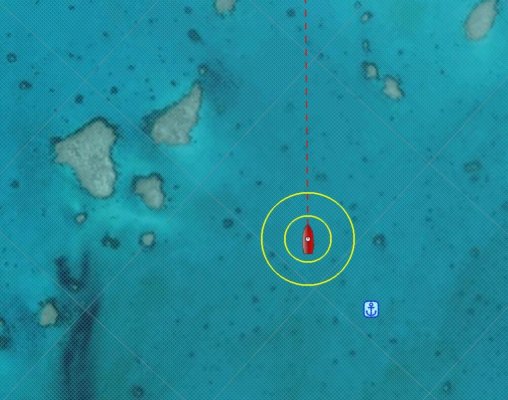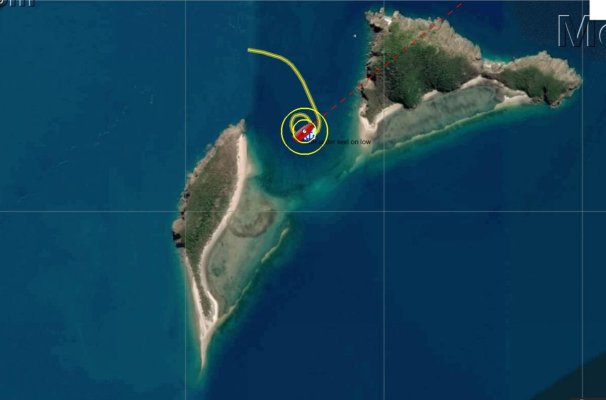Magneto
Veteran Member
- Joined
- Dec 24, 2019
- Messages
- 65
- Location
- United States
- Vessel Name
- MV Moondance
- Vessel Make
- Nordhavn 35#20
In the news :
Owners of $41 million superyacht agree to pay $100,000 after dropping anchor, damaging coral reef in Hawaii
After reading this I ask these questions;
What did this yacht do wrong?
Was he anchored in a restricted area?
Did he have too much rode paid out?
Was it noted on the chart of cautions?
Can this happen to me?
I soon will be purchasing my first trawler and want to learn from this. The news article does not go into this detail and only tells the outcome. Here's the news link:
https://www.yahoo.com/news/owners-41-million-superyacht-agree-193924253.html
Owners of $41 million superyacht agree to pay $100,000 after dropping anchor, damaging coral reef in Hawaii
After reading this I ask these questions;
What did this yacht do wrong?
Was he anchored in a restricted area?
Did he have too much rode paid out?
Was it noted on the chart of cautions?
Can this happen to me?
I soon will be purchasing my first trawler and want to learn from this. The news article does not go into this detail and only tells the outcome. Here's the news link:
https://www.yahoo.com/news/owners-41-million-superyacht-agree-193924253.html


